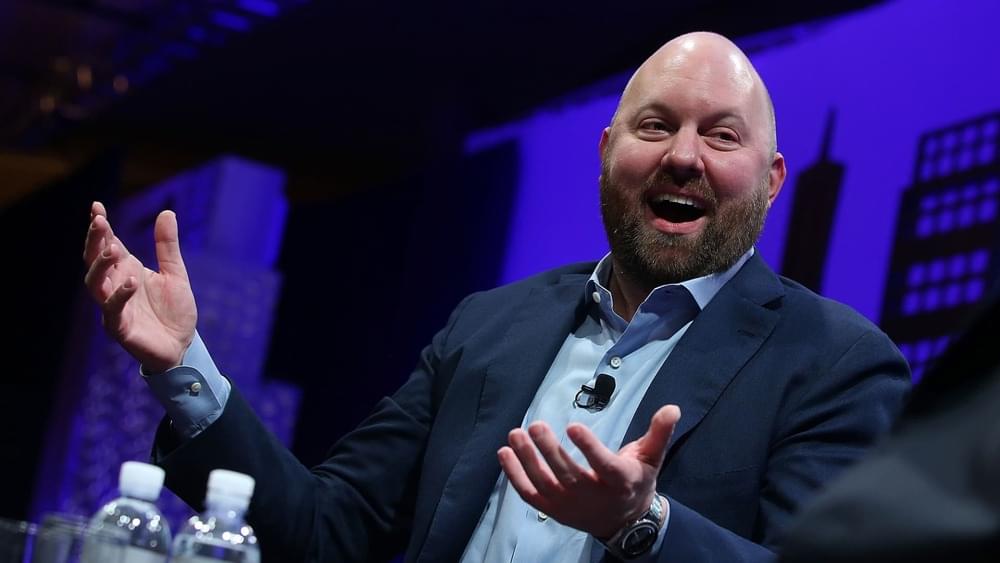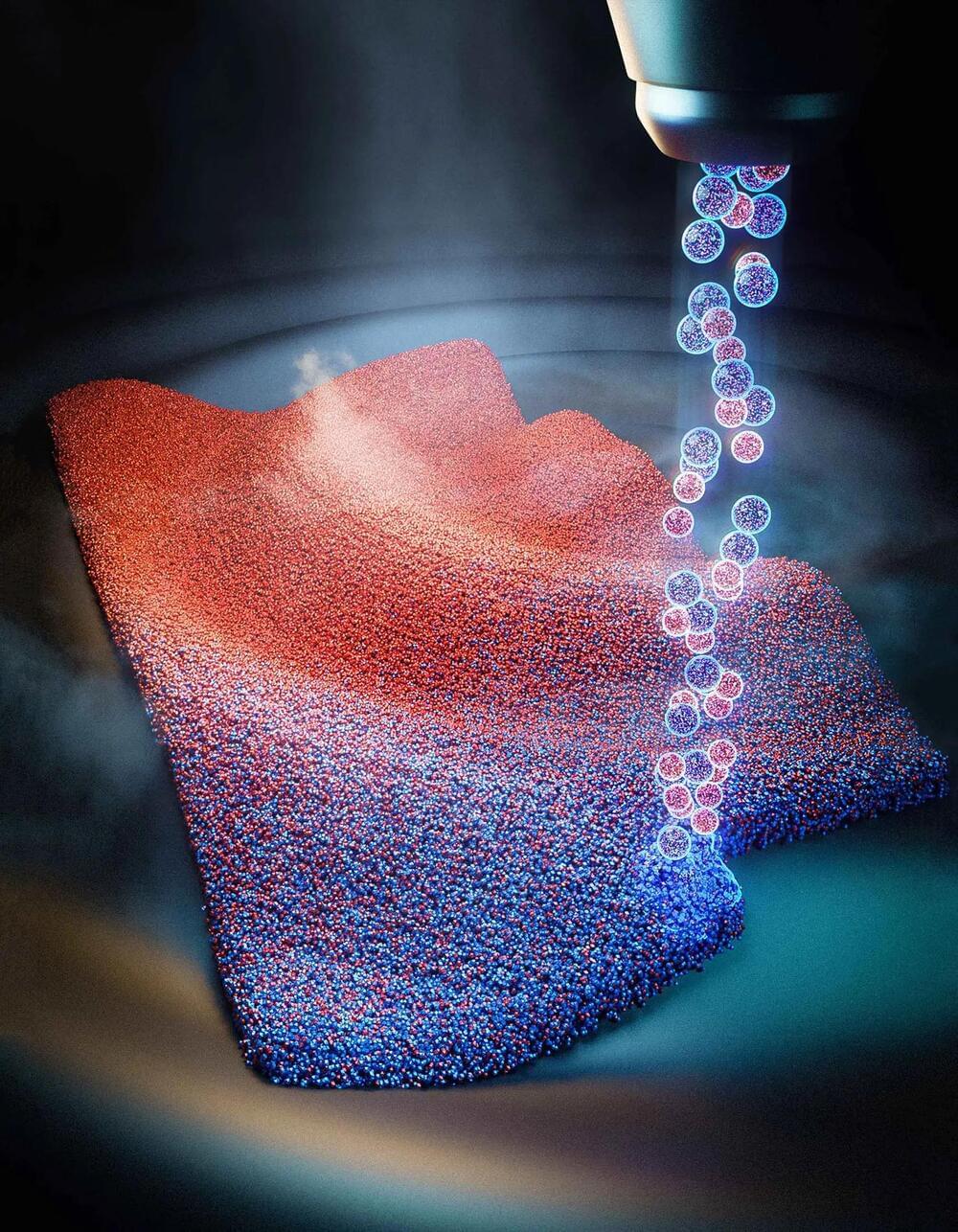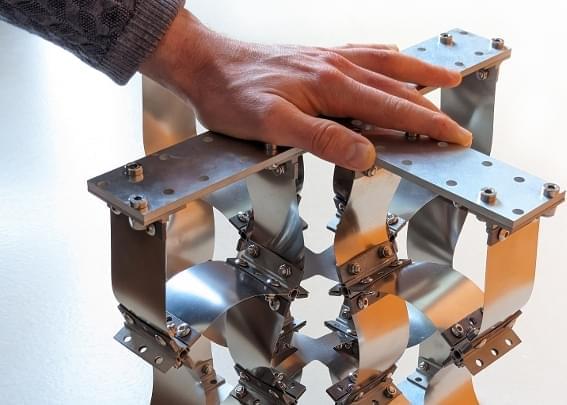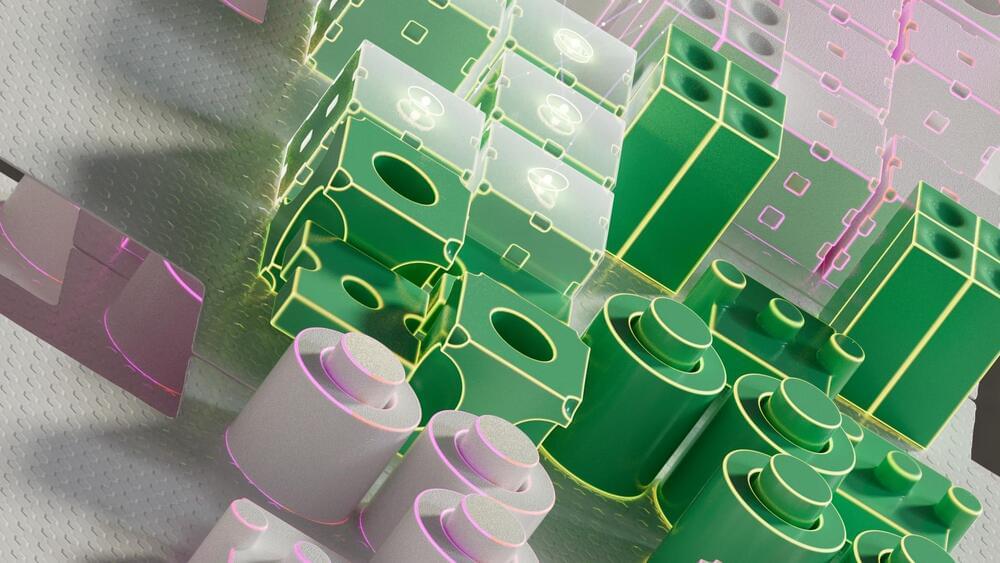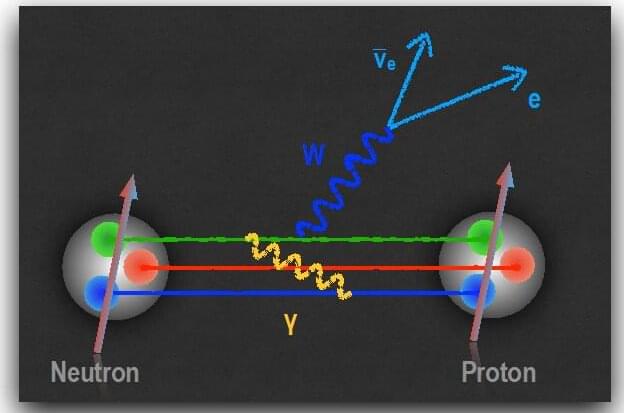On Tuesday, venture capitalist Marc Andreessen published a nearly 7,000-word post on his views about artificial intelligence and the risks it poses.
The puzzling behavior of black hole interiors has led researchers to propose a new physical law: the second law of quantum complexity.
A groundbreaking revelation has the scientific community buzzing: a possible encounter with a parallel universe. Researchers suggest that signs from the universe’s furthest reaches may indicate another vastly different universe has touched ours, potentially disrupting our universe’s fabric. This interpretation could validate the multiverse theory.
Researcher Dr. Ranga-Ram Chary examined the cosmic microwave background’s noise and residual signals — the remnants of the Big Bang. He discovered several sporadic bright spots, which he speculates could be the echo of our universe colliding with another billions of years ago.
This interpretation is tentative, but aligns with some cosmological theories suggesting that interactions between alternative universes could occur. These theories propose our universe is merely one bubble among countless others. Once a universe initiates in a Big Bang-like event, it perpetually expands. This rule applies to all universes, implying periodic intersections could occur.
Original paper is at https://arxiv.org/pdf/1809.09615.pdf
A novel 3D printing method called high-throughput combinatorial printing (HTCP) has been created that significantly accelerates the discovery and production of new materials.
The process involves mixing multiple aerosolized nanomaterial inks during printing, which allows for fine control over the printed materials’ architecture and local compositions. This method produces materials with gradient compositions and properties and can be applied to a wide range of substances including metals, semiconductors.
Semiconductors are a type of material that has electrical conductivity between that of a conductor (such as copper) and an insulator (such as rubber). Semiconductors are used in a wide range of electronic devices, including transistors, diodes, solar cells, and integrated circuits. The electrical conductivity of a semiconductor can be controlled by adding impurities to the material through a process called doping. Silicon is the most widely used material for semiconductor devices, but other materials such as gallium arsenide and indium phosphide are also used in certain applications.
Nuclear physicists at RIKEN have successfully created an extremely neutron-rich isotope of sodium, 39 Na, previously predicted by many atomic nuclei models to be non-existent. This discovery has significant implications for our understanding of atomic nuclei structure and the astrophysical processes that form heavier elements on Earth.
Nuclear physicists have made the most neutron-rich form of sodium yet, which will help reveal more about the complex world of nuclei.
Physicists at RIKEN have created an exceptionally neutron-rich sodium isotope, 39 Na, which was previously believed to be impossible. This breakthrough has major implications for understanding atomic nuclei structure and the creation of Earth’s heavier elements.
Would you rather run into a brick wall or into a mattress? For most people, the choice is not difficult. A brick wall is stiff and does not absorb shocks or vibrations well; a mattress is soft and is a good shock absorber. Sometimes, in designing materials, both of these properties are needed. Materials should be good at absorbing vibrations, but should be stiff enough to not collapse under pressure. A team of researchers from the UvA Institute of Physics has now found a way to design materials that manage to do both these things.
Publishing.
Digital society is driving increasing demand for computation, and energy use. For the last five decades, we relied on improvements in hardware to keep pace. But as microchips approach their physical limits, it’s critical to improve the code that runs on them to make computing more powerful and sustainable. This is especially important for the algorithms that make up the code running trillions of times a day.
In our paper published today in Nature, we introduce AlphaDev, an artificial intelligence (AI) system that uses reinforcement learning to discover enhanced computer science algorithms – surpassing those honed by scientists and engineers over decades.
Nature Publication.
Apple Vision Pro Impressions!
Posted in computing, media & arts
I tried Apple’s first ever spatial computing device, a $3500 VR headset. These are my honest thoughts.
Google Project Starline: https://youtu.be/J1oEWiUsKgU
The podcast: https://youtube.com/waveform.
That shirt! http://shop.MKBHD.com.
Tech I’m using right now: https://www.amazon.com/shop/MKBHD?tag=lifeboatfound-20
Intro Track: Jordyn Edmonds http://smarturl.it/jordynedmonds
Outside atomic nuclei, neutrons are unstable particles, with a lifetime of about fifteen minutes. The neutron disintegrates due to the weak nuclear force, leaving behind a proton, an electron, and an antineutrino. The weak nuclear force is one of the four fundamental forces in the universe, along with the strong force, the electromagnetic force, and the gravitational force.
Comparing experimental measurements of neutron decay with theoretical predictions based on the weak nuclear force can reveal as-yet undiscovered interactions. To do so, researchers must achieve extremely high levels of precision. A team of nuclear theorists has uncovered a new, relatively large effect in neutron decay that arises from the interplay of the weak and electromagnetic forces.
This research identified a shift in the strength with which a spinning neutron experiences the weak nuclear force. This has two major implications. First, scientists have known since 1956 that due to the weak force, a system and one built like its mirror image do not behave in the same way. In other words, mirror reflection symmetry is broken. This research affects the search for new interactions, technically known as “right-handed currents,” that, at very short distances of less than one hundred quadrillionths of a centimeter, restore the universe’s mirror-reflection symmetry. Second, this research points to the need to compute electromagnetic effects with higher precision. Doing so will require the use of future high-performance computers.
The quantum realm contains profound mysteries. Here, New Scientist editors have selected some of our most mind-bending feature-length articles about the deepest layer of reality we know.
